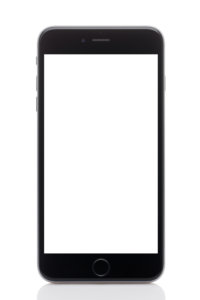

It is not unusual for there to be confusion over the intellectual property rights that are available, this is partly because they are in many ways linked but also because, to the non-specialist, it is not always easy to find definitions in non-legal speak. Hopefully this article will clear up any misunderstandings.
Trade Marks
The official definition, according to The Trade Marks Act 1994, is rather long-winded and incomprehensible (no wonder people get confused!):
‘any sign capable of being represented graphically which is capable of distinguishing goods or services of one undertaking from those of other undertakings’
In layman terms this means something that identifies the products/services from one trader to another.
The ‘something’ can be a name, logo, shape, image, sound, even smell!
Although the trade mark application process can be straight-forward, there are elements to this that often catch people out. It is always advisable to use a trade mark specialist to make the application for you, especially if you are looking to apply internationally.
Patents
Patents protect an invention, as long as it is something that can be made and/or used, has not been invented by someone else and is inventive (not a modification to something that already exists).
If you want to apply for a patent you must make sure you do not tell anyone about your invention unless you have got them to sign a non-disclosure agreement. If your invention is already in the public domain it is likely you will not be allowed to apply.
Patent applications are very tricky and the process is very long and expensive. Always seek advice from a patent attorney if this is something you are interested in doing.
Design Rights and Copyright are other forms of intellectual property that I’ll cover briefly here.
Design Rights
A design right protects how an object looks, take this phone:

Or take this older telephone:

A patent might protect how the phone works (its mechanisms), a design right could protect how it looks (its shape and contours).
Copyright
Copyright protects works such as books, films, music, dance, art and software as long as the work is original and involves creative expression. This is an automatic right (in most parts of the world) so you do not have to apply to register it.
By owning intellectual property rights you are able to defend your rights against another party copying and/or damaging the reputation in your brand.










